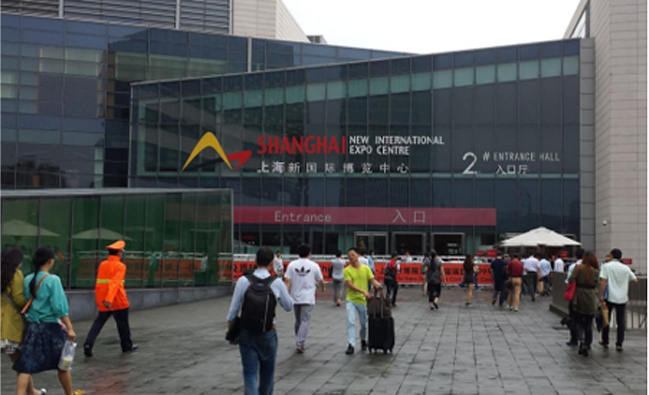
Aug . 14, 2024 08:52 Back to list
Exploring the Importance of TiO2 in Industrial Applications and Its Impact on Manufacturing Processes
The Role of TiO2 in Modern Factories
Titanium dioxide (TiO2) is a versatile compound that has become an essential material in various industrial applications, particularly in factories worldwide. Known for its excellent properties, including high refractive index, chemical stability, and non-toxicity, TiO2 plays a pivotal role in enhancing the performance and sustainability of products across multiple sectors.
Applications of TiO2 in Factories
One of the most common uses of titanium dioxide is as a white pigment in paints, coatings, plastics, and paper. Its ability to scatter light makes it highly effective in providing opacity and brightness to products. In factories that produce paints and coatings, the incorporation of TiO2 not only improves the aesthetic qualities of the final product but also enhances durability by providing resistance to UV light and weathering. This prolongs the lifespan of coated products, reducing the need for frequent repaints and maintenance.
In addition to its prominent role in pigmentation, TiO2 is increasingly utilized in the manufacturing of electronics. It is utilized in the production of capacitors and other electronic components due to its insulating properties. The demand for electronic devices continues to rise, and factories must adapt by integrating TiO2 to improve the efficiency and longevity of their products. Furthermore, the growing trend toward miniaturization of electronic components highlights the importance of TiO2 as a material that can maintain performance in smaller devices.
Environmental Impact and Sustainability
tio2 is a factories

The use of titanium dioxide also has significant implications for environmental sustainability in factories. As industries face increasing pressure to reduce their carbon footprint and enhance their environmental practices, TiO2 offers a solution. Its photocatalytic properties enable the breakdown of pollutants when exposed to light, making it ideal for applications in air and water purification systems. Factories integrating TiO2 into pollution control systems benefit from cleaner emissions and reduced environmental impact, aligning with global sustainability goals.
Moreover, TiO2 is non-toxic and safe for human health, making it an attractive option for applications in food packaging, cosmetics, and personal care products. The move toward safer and more sustainable materials is a top priority for many factories, particularly those in the consumer goods sector. By adopting TiO2, manufacturers can ensure that their products are not only effective but also safe for consumers and the environment.
Challenges Facing TiO2 Production
Despite its advantages, the production of titanium dioxide faces several challenges. The primary method of producing TiO2 is through the sulfate and chloride processes, both of which can have environmental impacts if not managed correctly. As regulations surrounding chemical production tighten, factories must innovate and improve their production methods to minimize waste and emissions. Investing in research and development for cleaner production technologies will be crucial to overcoming these challenges and ensuring the long-term viability of TiO2 in industrial applications.
Conclusion
In conclusion, titanium dioxide is an indispensable material in modern factories, contributing not only to product performance and quality but also to environmental sustainability. As industries evolve and adopt more eco-friendly practices, TiO2 will continue to be at the forefront of innovation. By harnessing its unique properties and addressing the challenges of production, factories can leverage TiO2 to create better products while contributing to a sustainable future. The importance of TiO2 in various sectors illustrates its status as a key material for the current and future industrial landscape.
-
China Lithopone in China Supplier – High Quality Lithopone ZnS 30% Powder for Wholesale
NewsJun.10,2025
-
Top China Titanium Dioxide Company – Premium TiO2 Powder Supplier & Manufacturer
NewsJun.10,2025
-
Fast Shipping 99% Pure TiO2 Powder CAS 13463-67-7 Bulk Wholesale
NewsJun.10,2025
-
Top China Titanium Dioxide Manufacturers High-Purity R996 & Anatase
NewsJun.10,2025
-
Lithopone MSDS Factories - Production & Quotes
NewsJun.10,2025
-
High-Quality Titanium Dioxide in Water Suppliers - China Expertise 60
NewsJun.09,2025
